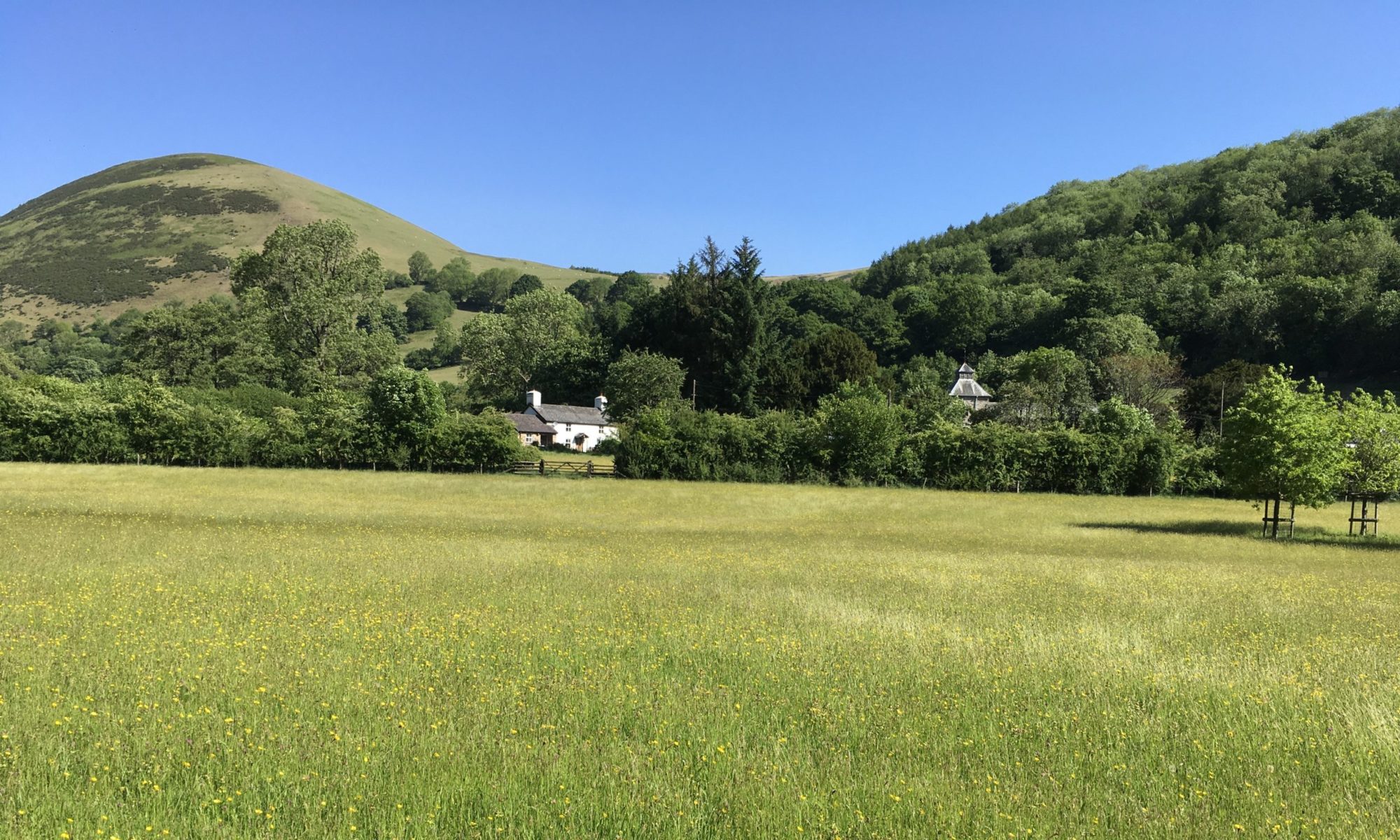”Mortal, can these bones live?“ Ezekiel 37:3.
”Stink of death was everywhere. And there, down below, was that beautiful valley full of red poppies…. Here an atmosphere of death and destruction and there, beauty, peace and quiet. I thought: how can these two worlds coexist side by side? But that’s how it was.” Veteran of the Battle of Monte Cassino.
Today is Pentecost, originally a harvest festival on the fiftieth day after Passover. It also became linked with Moses being given the Law on Mount Sinai when, ‘There were sounds and lightnings…and God descended upon it in fire.’ Exodus 19:16,18. The people ‘saw the voices’ of God, which the rabbis interpreted as being in 70 different languages so that all nations could understand what was being said. Exodus 20:18. This was also linked with the skeletons in Ezekiel’s vision being restored to new life and the coming of the Holy Spirit to those gathered in the upper room with the sound of a rushing, mighty wind, tongues of flame and the ability to speak in other languages as they were filled with the Spirit. Acts 2:1-4.
Those first followers of Jesus had been through three years of ministry with him, his arrest, crucifixion, death, resurrection and ascension. What a range of emotions they must have experienced as they now awaited the coming of the Holy Spirit, the power that enabled them to realise that this was not an ending as Jesus left them but a new beginning as they spoke of the Good News which lead to the development of the worldwide Christian church. From bewilderment, death and anguish had come life and hope. Alleluia!
This is also the 80th anniversary of the ending of the Battle of Monte Cassino after four months of fighting. Atop the rocky hill above the town of Cassino near Rome was the abbey, the first house of the Benedictine Order established by Benedict himself in the sixth century and for which he developed his Rule which is still in use today. The abbey had been the subject of many attacks over the years and was no longer functioning as a monastery but monks were still there, looking after its many treasures. At the time of the battle, the abbey was wrongly thought to be occupied by German troops and was left in ruins by the Allied attacks although the oldest part containing the tomb of Benedict was spared. Nearly a quarter of a million troops from six continents fought over the abbey, although the monks were able to flee to Rome and preserve many of the treasures. However, civilians sheltering within the abbey were killed, as were about 55,000 Allied soldiers and 20,000 German troops. Around 312,000 Allied and 434,000 German casualties also resulted, leading many to believe that, when victory was claimed at such cost over what was now ruined, it was a pyrrhic victory in what was called ‘The Hardest Fought Battle’ of the Second World War.
A pyrrhic victory is named after King Pyrrhus whose triumph over the Romans in 279 BC killed so many of his troops that he had to end his campaign. However, despite the bloodshed and destruction at Monte Cassino, a new abbey and community was rebuilt after the war, fulfilling its motto Succisa Virescit – Cut down, it grows anew. It lives on, functioning on a different basis and now also associated with the battle.
The first disciples discovered that new life grew from death and destruction, of which Pentecost is a celebration, and the same was true at Monte Cassino and elsewhere. But, with so much death and destruction ongoing in our world today, coexisting with beauty, peace and quiet, we also have difficult choices to make as we face the same question as Ezekiel: “Mortal, can these bones live?” Perhaps the best way of honouring both Pentecost and those who laid down their lives for our freedom is to ensure that, with the power of the Holy Spirit given to us at baptism, we do live – and not just exist.
With my prayers; pob bendith,
Christine, Priest Guardian

